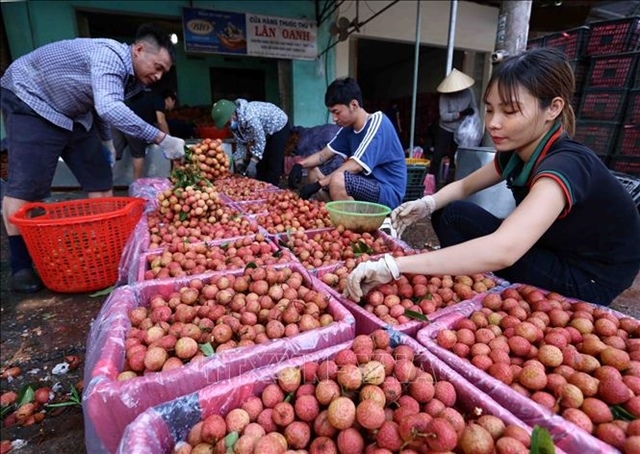Can local support industry meet the expectations?
Can local support industry meet the expectations?
With the Decision 9208 issued by the Ministry of Industry and Trade (MoIT) on October 8 on approving a new support industry plan with a focus on three main areas – spare parts, industrial textiles and hi-tech, local enterprises are highly expected to meet the demand of local and international industries.

By 2020 Vietnam is expected to host 1,000 businesses supplying spare parts, accounting for 11 per cent of the entire manufacturing industry.
This would meet 45 per cent of essential domestic production and export demand and account for 25 per cent of total industrial production value. By 2030 Vietnam will be able to produce 70 per cent of the spare parts needed to supply the domestic demand.
By 2020 Vietnam plans to satisfy 60 per cent of demand for metal, plastic-rubber and electrical-electronics parts, 65 per cent of supporting materials for the textile industry, and 70-80 per cent of footwear materials.
The primary objective of the plan is to ensure that by 2020 Vietnam is an industrialised country.
The Japan External Trade Organisation (JETRO) once pointed out that domestic production of components and raw materials for industrial production only made up 27.8 per cent of the nation’s industrial output, while the figures for China or Thailand were as high as 50-60 per cent. The added value of Vietnamese products ranges from only 15 to 30 per cent for industrial products, including high export value products like garments and footwear.
Professor Nguyen Mai emphasised the fact that only 200 out of 500 enterprises operating in the supporting industries were qualified to meet the foreign demand, chiefly in the motorbikes and electronics manufacturing segments.
In particular, the automobile industry in 2010 set a localisation target of 60 per cent by 2020, but so far has only achieved 7-8 per cent. Likewise, the garment industry planned to achieved the localisation rate of 60 per cent by 2015, yet it still imports 99 per cent of its cotton, 60 per cent of its fibre, and 70 per cent of its fabric for the local production.
Vietnam has two supporting industry development complexes in the southern province of Ba Ria-Vung Tau and the northern port city of Haiphong, through a co-operation framework with Japan. But after 13 years they have still failed to effectively identify product demand. As a result, most of the spare parts are actually provided by foreign invested firms.
According to Vietnamnet, the Vietnamese government’s recent moves to boost the development of supporting industries may narrow the gap between expectation and reality. Local businesses have great opportunities with the expansion of major brands like Samsung, Nokia, LG and Intel in the country.
The ground is laid for domestic enterprises to modernise their technologies and enhance their human resource training to produce spare parts that meet the requirements of both local and international industries. The question is: will they seize the opportunity?
vir
























